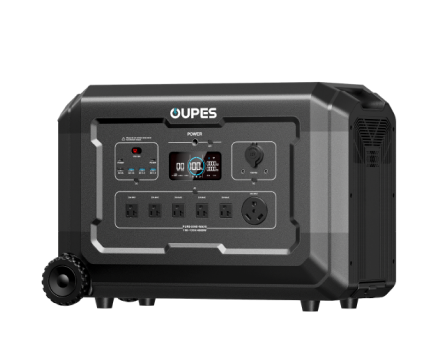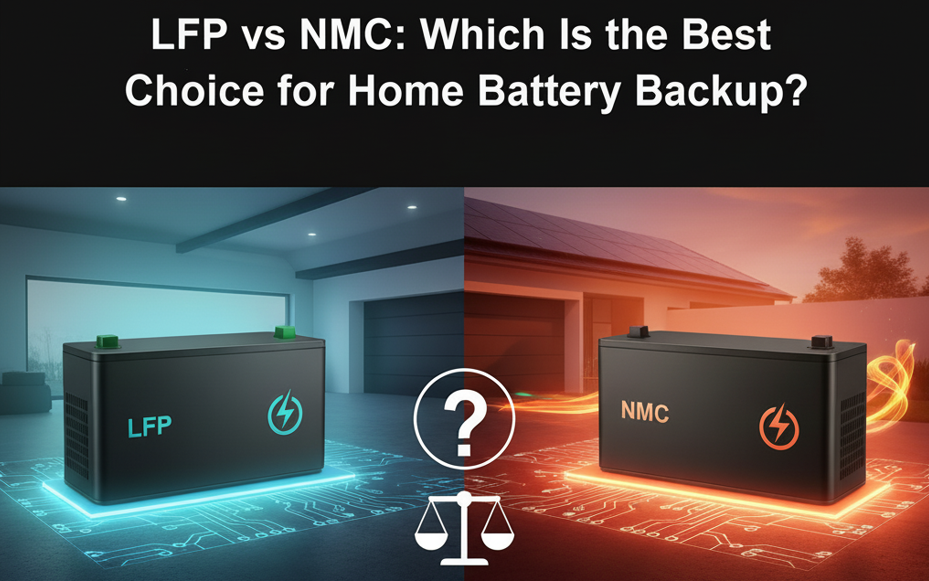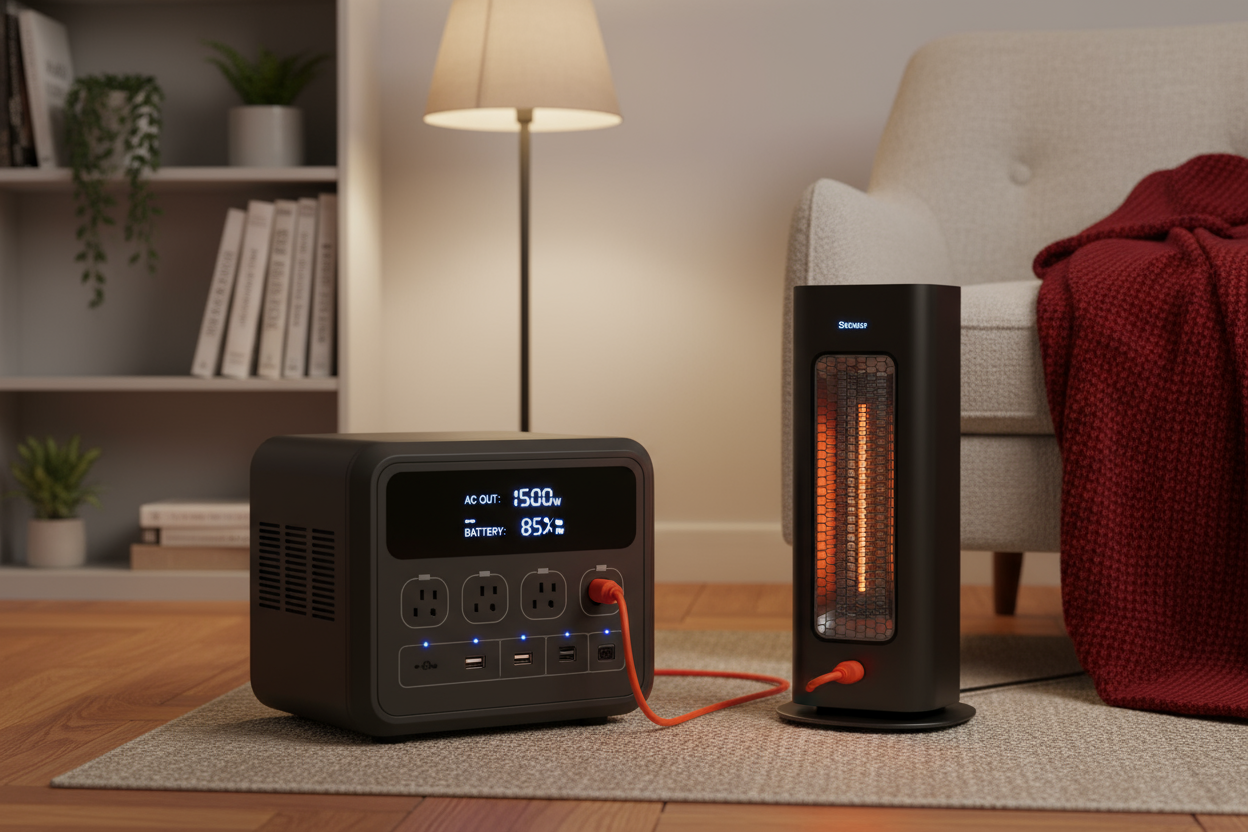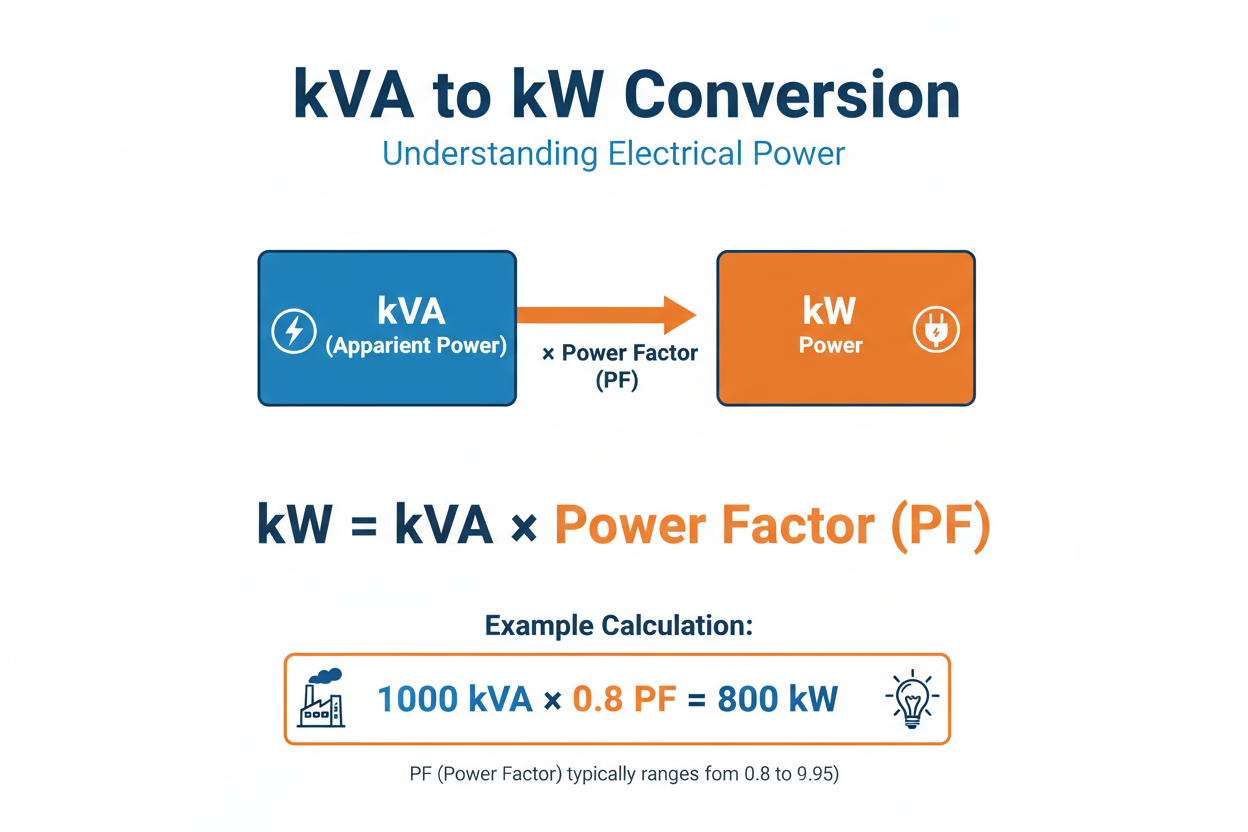No matter if you’re outfitting a kitchen at home, a business space or an RV, knowing about refrigerator amp draw is very important for saving energy and avoiding risks. The amount of power and how efficiently a fridge runs can be quite different among models, so knowing what to expect can keep your circuits safe and lower your bills.
What Is Refrigerator Amp Draw?
It is the amount of electricity a refrigerator needs while running. How much energy is used depends on the size, model, cooling technology and age of your fridge. Checking the amp draw helps you know if your electrical system can handle your refrigerator, especially together with other high-power appliances.
Why Amp Draw Matters
If a refrigerator pulls too many amps, it can trip breakers, cause excessive wear on your electrical system, or lead to higher utility bills. On the other hand, knowing the refrigerator amperage helps with efficient energy planning, especially in commercial setups where multiple units may operate simultaneously.
Residential vs. Commercial Fridges
A residential refrigerator generally requires less amperage than a commercial refrigerator does. The electricity draw for a standard household fridge is about 3 to 6 amps, but commercial refrigerators take more power, from 6 to 15 amps or beyond.
You need to understand these differences when figuring out which outlet and circuit will serve your fridge well. If you’re asking yourself how much amps does a refrigerator use, the answer depends on your specific unit, but on average, a typical household refrigerator draws about 3 to 6 amps during operation and significantly more when the compressor kicks in.
Factors That Influence Refrigerator Amps

The refrigerator amps depend on several different factors.
- Startup vs. Running Amps:Refrigerators usually require more amps at startup due to compressor inrush current. This can be up to three times the running amp draw.
- Size and Model:The larger and older the unit, the more electricity it normally uses.
- Energy Efficiency Rating:Energy Star rated fridges tend to use less amps.
- Usage Frequency:Opening the door frequently or inserting hot items within will force the compressor to work harder.
- Ambient Temperature:Higher room temperatures lead to the compressor running more to cool the space which in turn leads to higher amps.
How to Measure Refrigerator Amp Draw
You can measure refrigerator’s amp draw by putting a clamp meter around the hot wire that goes to the refrigerator. This allows you to instantly see how much current is being used. In some cases, you will find the voltage and amperage information on a label at the back of the fridge or inside the door.
To use a simple example, if a fridge is rated for 120 volts and draws 6 amps, it consumes power at the rate of 720 watts (Watts = Volts × Amps).
Common Amp Draws for Different Types of Fridges
Let’s look at some usual numbers:
- The standard home refrigerator uses between 3 and 6 amps.
- A refrigerator in a business setting will typically use between 6 and 15 amps.
- The draw for a mini fridge ranges from 0.5 to 2 amps.
If you’re wondering how many amps does a mini fridge use, the answer is typically under 2 amps, making them energy-efficient and suitable for compact spaces like dorms or RVs.
Understanding Fridge Amps in Context
When designing your kitchen or business, fridge amps should be at the front of your mind when it comes to electrical terms. If you have more than one fridge on a single circuit, this can easily cause the amperage to go over what your wiring or circuit breaker can handle. In these situations, using multiple circuits at the same time is recommended.
If you’ve ever asked, how many amps does a fridge use, now you know it's not a one-size-fits-all answer. You should always use the values provided by the manufacturer and back them up with a meter for sure results.
FAQs
How many amps does a refrigerator compressor draw?
When running, the compressor typically will draw 3–8 amps, but will spike to 15 amps or more during startup depending on the model and size of the refrigerator.
Can I run a refrigerator on a 15 amp circuit?
Most home refrigerators are fine to run on a 15 amp circuit. If other appliances are plugged in at the same time, it is recommended to dedicate the circuit to the fridge alone to prevent overloading.
How many amps does a typical refrigerator pull?
A normal modern household refrigerator will draw about 6 amps when running normally and more amps during compressor startup.
Will a 2000 watt inverter run a refrigerator?
Yes, a 2000 watt inverter can run most refrigerators, including refrigerators with higher startup amperage, as long as the inverter has enough surge capacity to handle the compressor’s inrush current.
How many amps does a 12V refrigerator draw?
A 12V refrigerator that you see in RVs and camping setups will draw 1 – 5 amps depending on size, insulation and cooling cycle. Newer and more energy-efficient models even draw 1-2 amps.
Conclusion
It’s important to know refrigerator amp draw, as it plays a big role in making sure the safety of your household or workspace, use energy wisely and operate properly. If you are using a big fridge in the kitchen, a high-power one in a restaurant or a smaller one in your RV, learning the amps is useful for planning and preventing power concerns.
So next time you wonder how many amps does a refrigerator use, consider all the variables: size, model, usage, and electrical setup. Having enough information and planning makes handling refrigerator amperage a simple way to help save energy and make life easier.
It’s important to learn about your fridge amps requirements to help it function well for longer and without frequent maintenance. If you have a power supply that fits the requirements of refrigerator amperage, the compressor will not be overloaded, cooling will remain steady and you won’t have to deal with surprising breakdowns or expensive repairs.

































Leave a comment
This site is protected by hCaptcha and the hCaptcha Privacy Policy and Terms of Service apply.